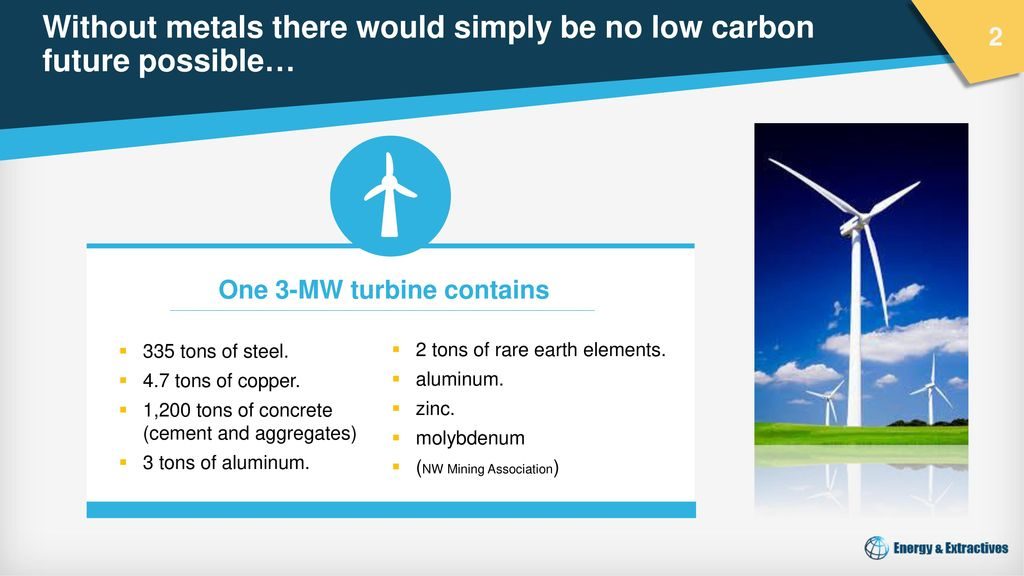Green New Delusion Would Require Lots of Mining, But Will Walz Allow it in MN?
The Green New Deal (GND) has become the talk of the down despite the fact that Ernie Moniz, the head of the Department of Energy under the Obama administration, has called the deal impractical. However, renewable energy advocates are pressuring lawmakers in St. Paul to push ahead with their own GND for Minnesota, but the question remains, where will the copper, nickel, cobalt, and manganese come from?
An article from Geologyforinvestors.com suggests there will be as many as 125 million electric cars on the road within the next decade, which may be overly optimistic, but we’ll see. The more important point is the one that follows:
However, this green revolution will not run on bamboo; instead, it will require robust supplies of minerals, some of which can be difficult to obtain, to ensure that we can effectively harness the energy we need. For example, minerals like lithium and cobalt are critical to the battery technologies that power electric vehicles and other devices. Rare earth elements (REE’s) like neodymium are key components of the magnets found in wind turbines.
Even solar panels require a variety of uncommon elements that can make production, purchase and adoption more difficult if supply issues drive up material prices.
There is no question that increasing expensive renewable energy mandates will require massive amounts of copper, nickel, and cobalt, but where these commodities will be mined is an open question. Interestingly, many of the same groups who oppose copper-nickel mining in Minnesota are also the ones urging St. Paul lawmakers to pass renewable energy mandates that will require at least 2,344 wind turbines, each of which would require 4.7 tons of copper.

One could make a good argument it should come from Minnesota. Our research has found that environmentally responsible mining in the state would stimulate the economy by $3.7 annually and support 8,500 new jobs. Everything seemed like it was trending in the right direction when DNR issued PolyMet its permit to mine, but Governor Walz’s decision to delay the replacement of the Line 3 pipeline in order to “follow the science,” casts serious doubt he cares much about “the science” or his One Minnesota pledge.
Hopefully this is simply a case of me reading the tea leaves incorrectly, but I can’t say I’m optimistic at this point in time.